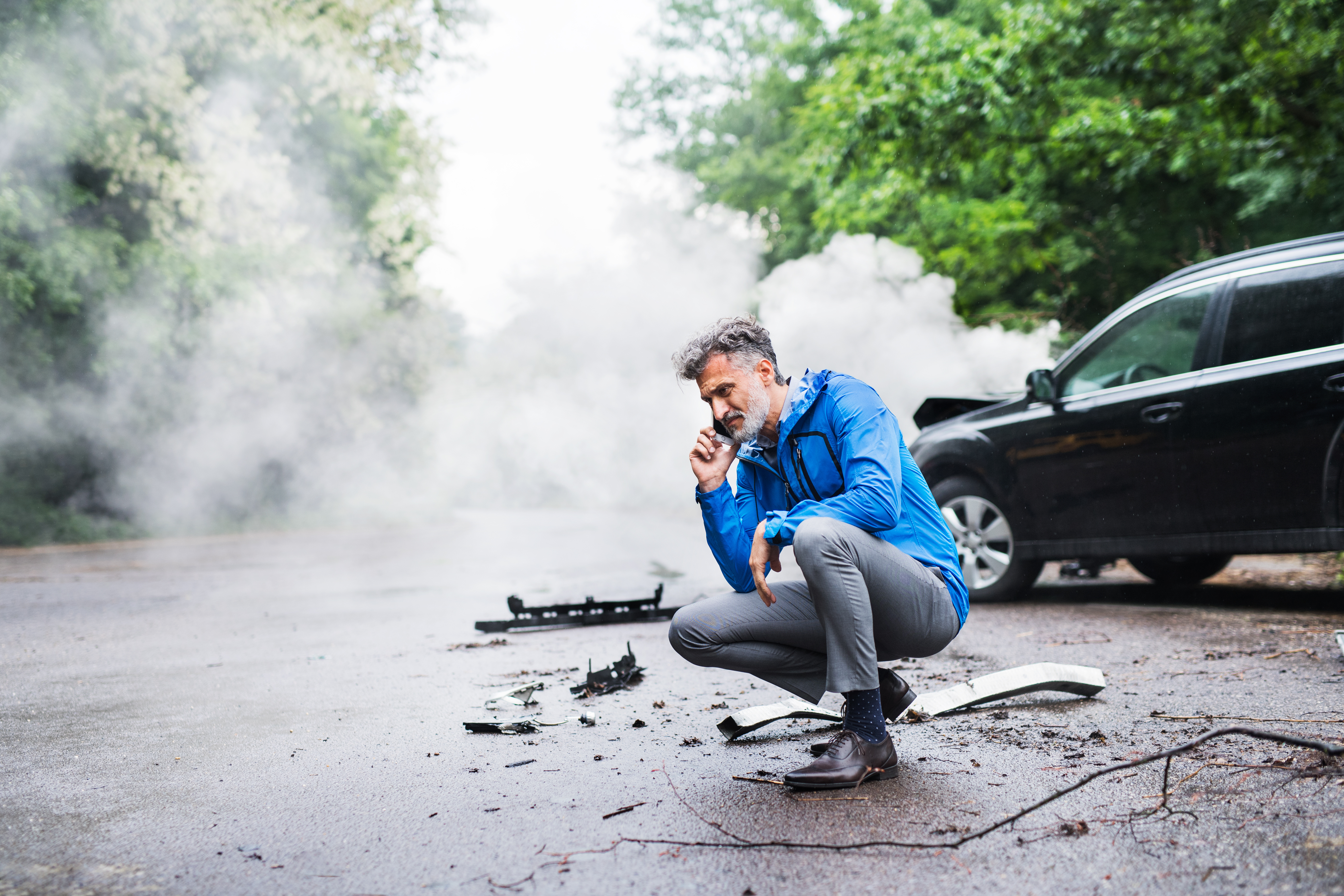FINANCIAL ADVICE | BUYING A car
GAP Coverage for FairLease Vehicles
Published February 6, 2019

Key Takeaways
- In reality, without GAP ("guaranteed asset protection") coverage, you may need to brace for some uncovered expenses.
- GAP coverage supplements your comprehensive insurance.
- Lease it from FairLease, where every lease comes with built-in GAP coverage.
In an unpredictable world, GAP coverage (sometimes called GAP Insurance) protects you financially if your leased car is totaled or stolen while you owe more than it’s worth. FairLease automatically includes GAP coverage in every vehicle we lease. Here’s why that matters.
Guess who just wrecked their new leased car?
Not you? Good.
But just for fun, let’s pretend you did. In fact, let’s make it hurt a little. (But with a happy ending.)
Let’s say that yesterday you signed a 36-month lease on a brand-spanking-new SUV. This morning, you forgot to set the parking brake and watch your car plunge over the pier into the lake. Glug-glug-glug.
You speed-dial your insurance company. Shouldn’t be a big deal, right? After all, you’ve got a comprehensive plan that covers you in the event your car is totaled or stolen.
In reality, without GAP ("guaranteed asset protection") coverage, you may need to brace for some uncovered expenses.
You see, many people who lease don’t know that insurance companies are not obligated to pay out the remaining principal balance of your lease agreement in a total loss. They only need to pay out the car’s current market value.
As a result, there can be a substantial "GAP" between your lease payoff and the amount your insurance company pays to replace your vehicle. The "totaled" benefit you’re awarded from your primary insurance after a loss often does not include money for taxes, title and registration fees and other "cost of leasing" expenses. Since many leasing agreements allow all of your associated costs to be "rolled into" your monthly payments, you’re still responsible for the balances.
GAP coverage supplements your comprehensive insurance to pay these costs for you, saving you up to hundreds or even thousands of dollars out of pocket.
Then there’s the hit your car took when you drove off the dealership lot. You’ve heard it a million times: A new car’s cash value drops 10% "the very instant you leave the car lot!" It’s called depreciation. You get it.
But who pays that difference, or "gap" between new value and depreciated value for your totaled or stolen car? Without GAP coverage, you do.
With GAP coverage, however, you don’t have to.
Which brings us to that happy ending: Sure, you wrecked your SUV. But you were smart enough to lease it from FairLease, where every lease comes with built-in GAP coverage.
To summarize: GAP coverage pays the difference between what you owe on your leased car and its cash value at the time of a total loss. That makes GAP coverage a smart move.
That is, until people are perfect and SUVs swim.
